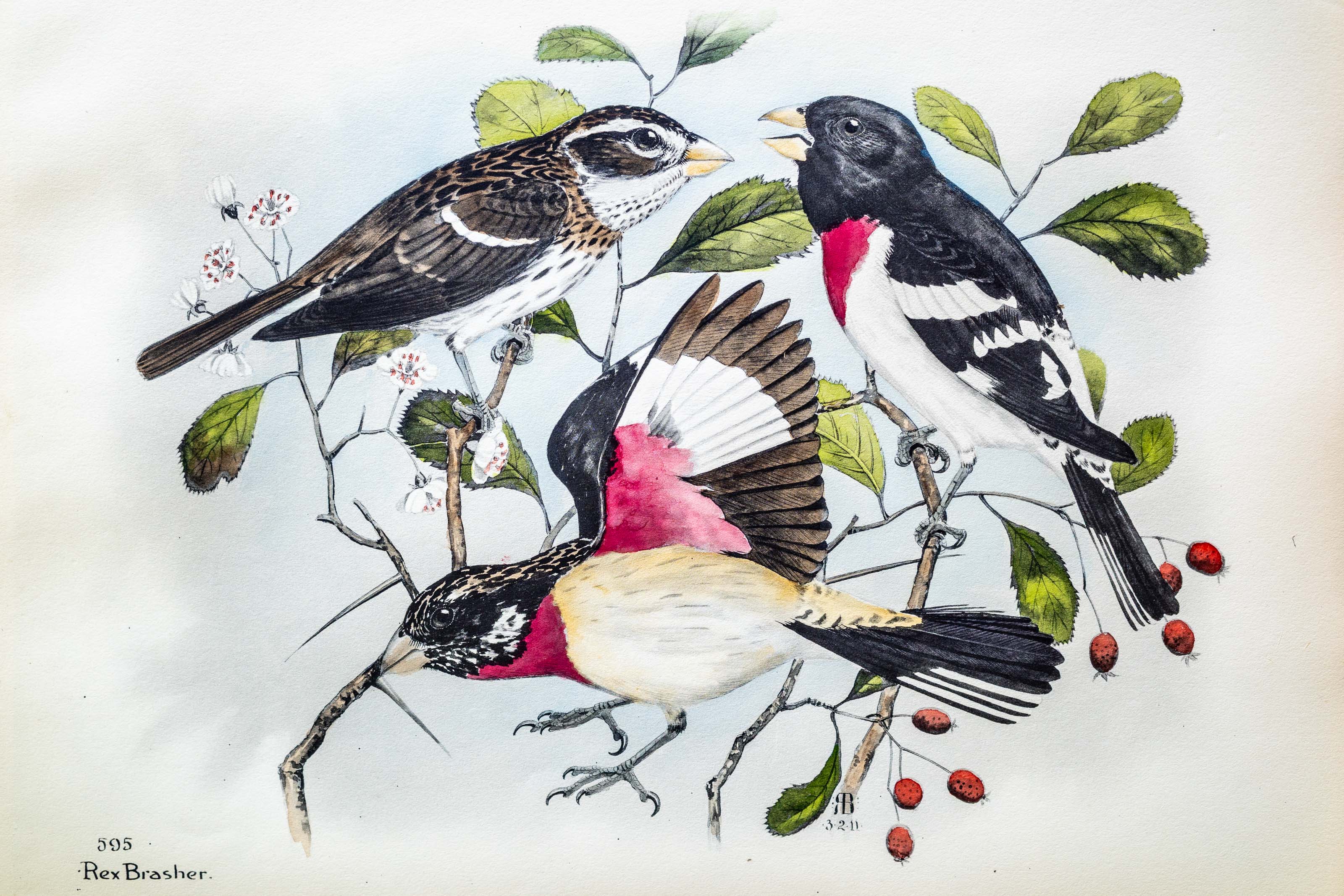
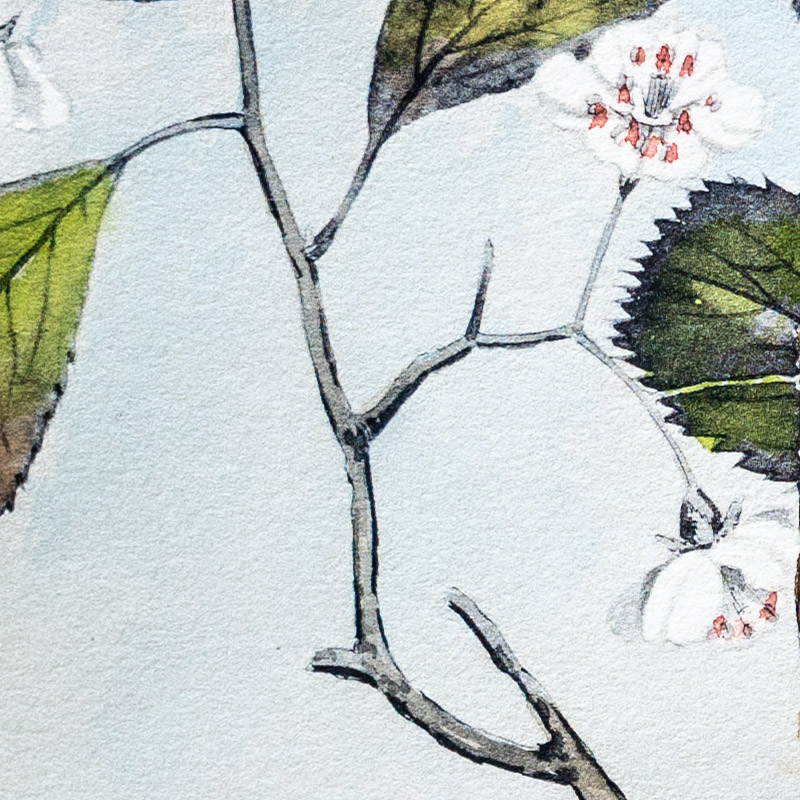
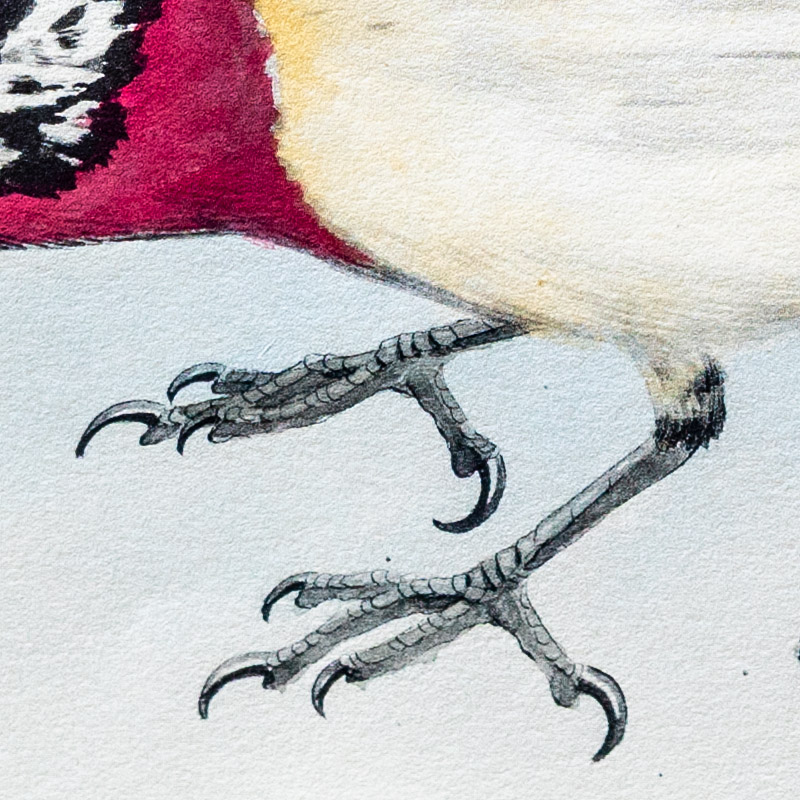
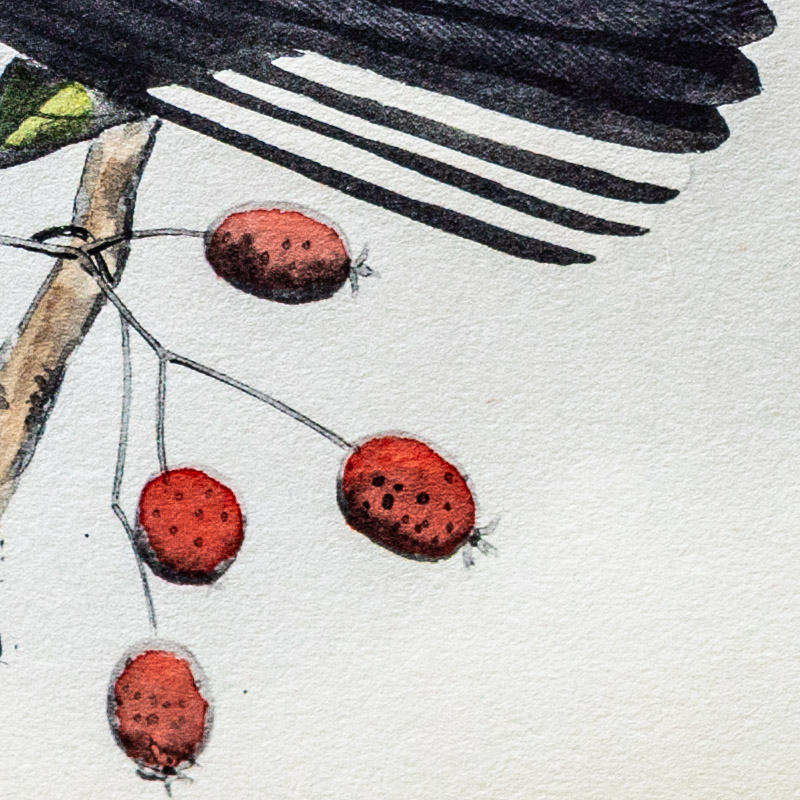
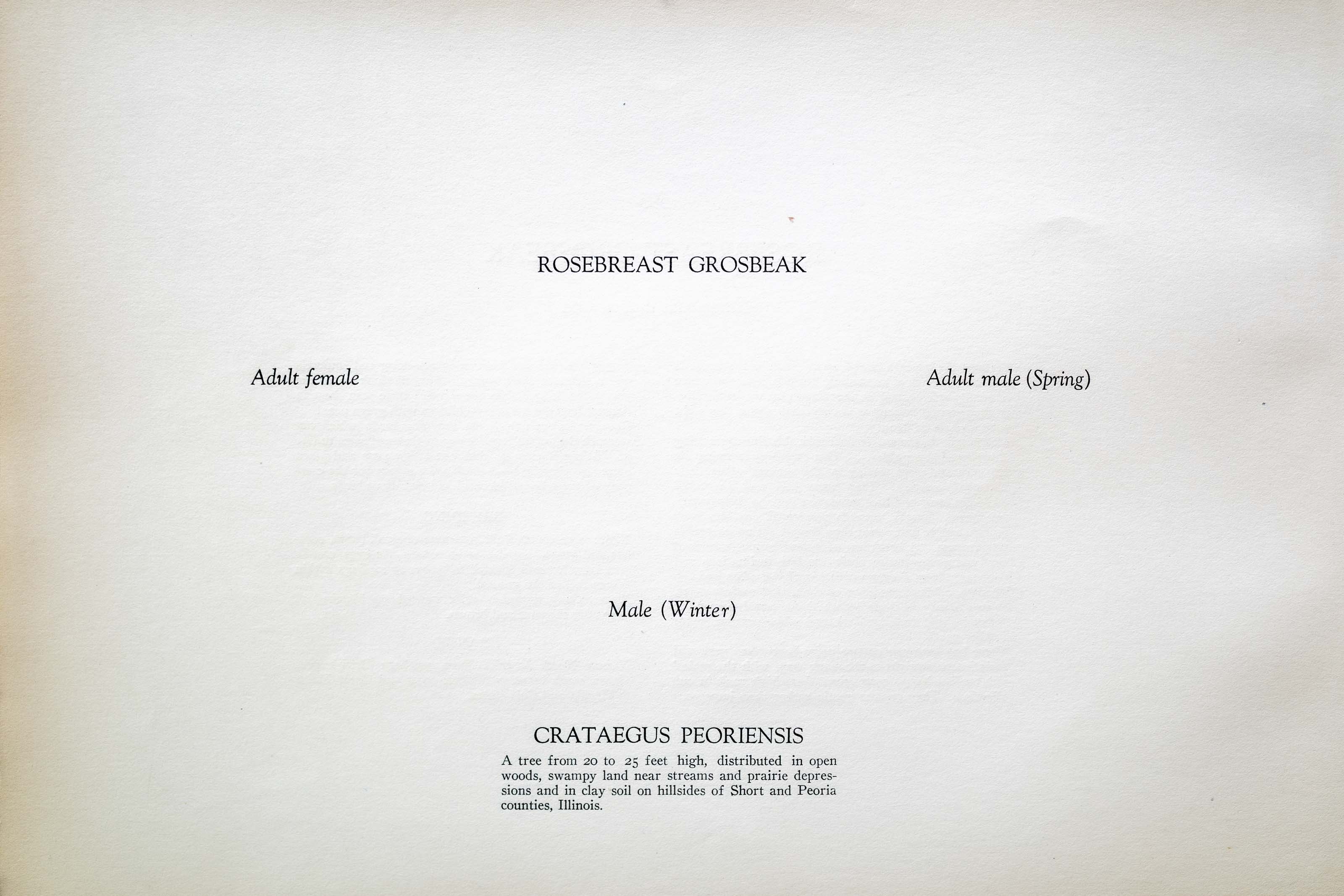
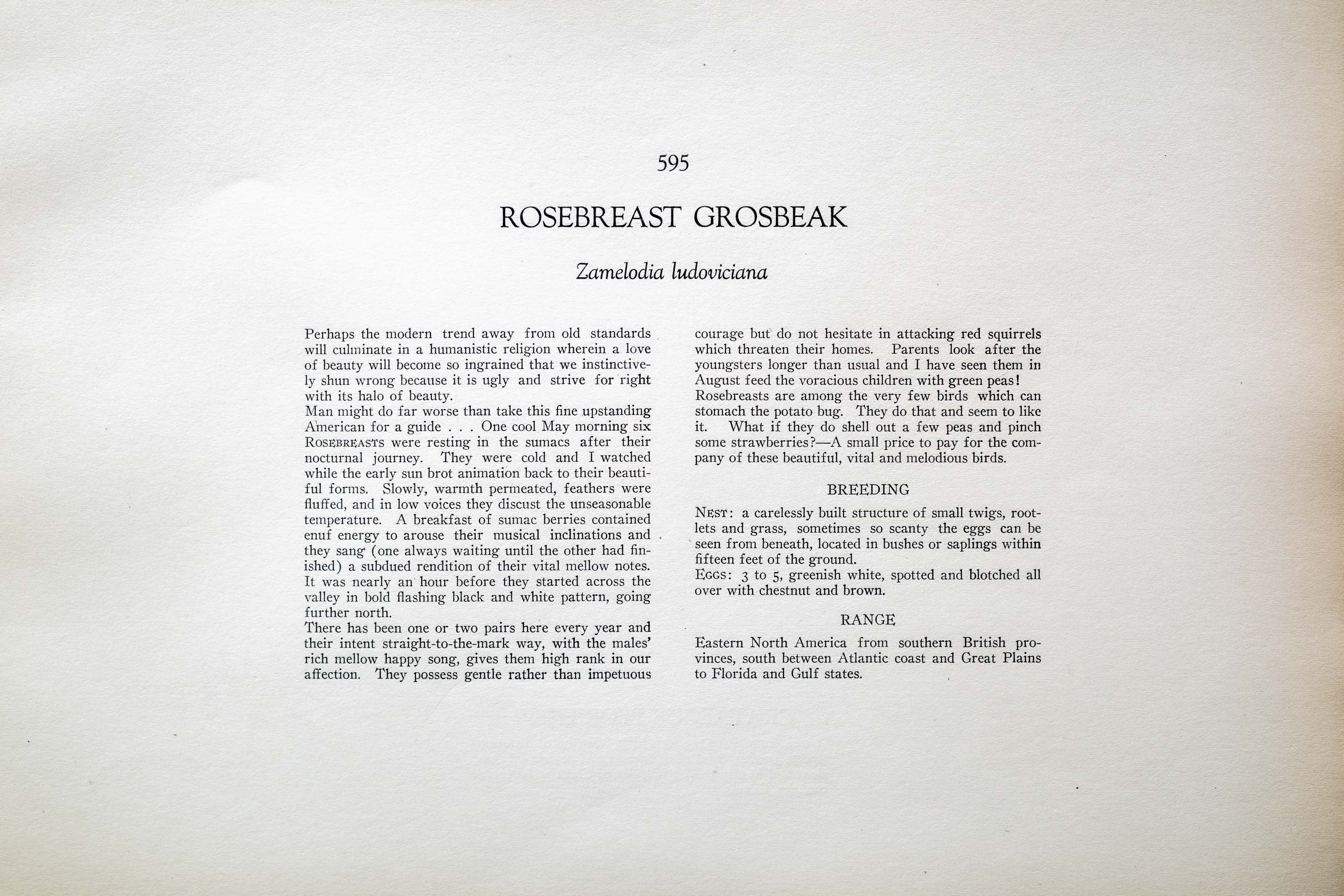

1911
1930
10
595
A team of dedicated board members, volunteers, and student interns has published every page in Volume 9. This volume includes 360 images of paintings and lyrical descriptions of birds, now available online for everyone to enjoy anywhere in the world. This is a monumental task. Each volume requires approximately 400 hours to photograph, edit, transcribe, catalog, and publish online. We need your support to complete this work.
If you're tech-savvy, have a good eye, are meticulous with details, and love structured data, please consider volunteering by emailing us at hello@rexbrasher.org.
We encourage all bird lovers and supporters to consider a monetary donation to support our mission to make Rex's work available for everyone. You can provide a one-time or recurring donation online.
Perhaps the modern trend away from old standards will culminate in a humanistic religion wherein a love of beauty will become so ingrained that we instinctively shun wrong because it is ugly and strive for right with its halo of beauty.
Man might do far worse than take this fine upstanding American for a guide . . . One cool May morning six ROSEBREASTS were resting in the sumacs after their nocturnal journey. They were cold and I watched while the early sun brot animation back to their beautiful forms. Slowly, warmth permeated, feathers were fluffed, and in low voices they discust the unseasonable temperature. A breakfast of sumac berries contained enuf energy to arouse their musical inclinations and they sang (one always waiting until the other had finished) a subdued rendition of their vital mellow notes. It was nearly an hour before they started across the valley in bold flashing black and white pattern, going further north.
There has been one or two pairs here every year and their intent straight-to-the-mark way, with the males' rich mellow happy song, gives them high rank in our affection. They possess gentle rather than impetuous courage but do not hesitate in attacking red squirrels which threaten their homes. Parents look after the youngsters longer than usual and I have seen them in August feed the voracious children with green peas!
Rosebreasts are among the very few birds which can stomach the potato bug. They do that and seem to like it. What if they do shell out a few peas and pinch some strawberries? — A small price to pay for the company of these beautiful, vital and melodious birds.
NEST: a carelessly built structure of small twigs, rootlets and grass, sometimes so scanty the eggs can be seen from beneath, located in bushes or saplings within fifteen feet of the ground.
EGGS: 3 to 5, greenish white, spotted and blotched all over with chestnut and brown.
Eastern North America from southern British provinces, south between Atlantic coast and Great Plains to Florida and Gulf states.
A tree from 20 to 25 feet high, distributed in open woods, swampy land near streams and prairie depressions and in clay soil on hillsides of Short and Peoria counties, Illinois.